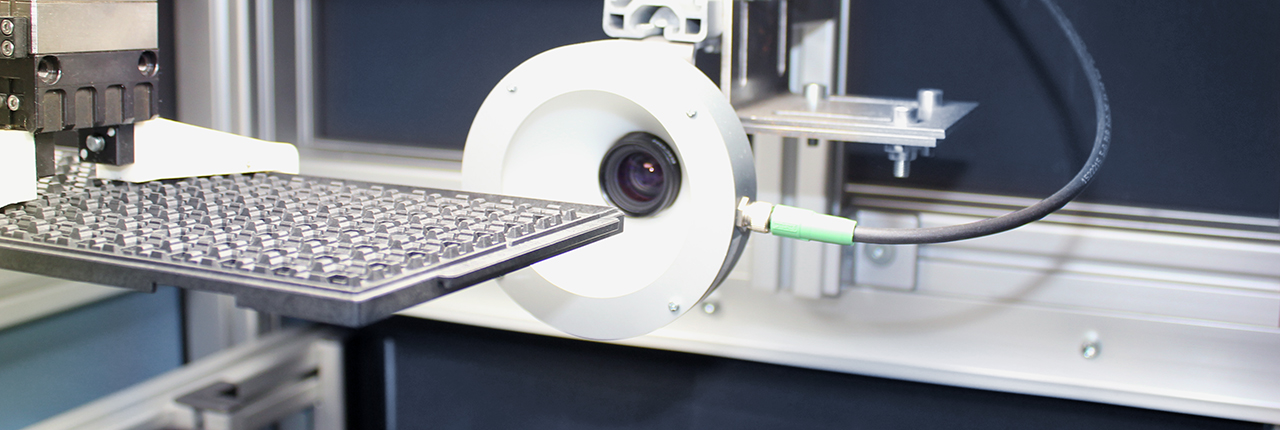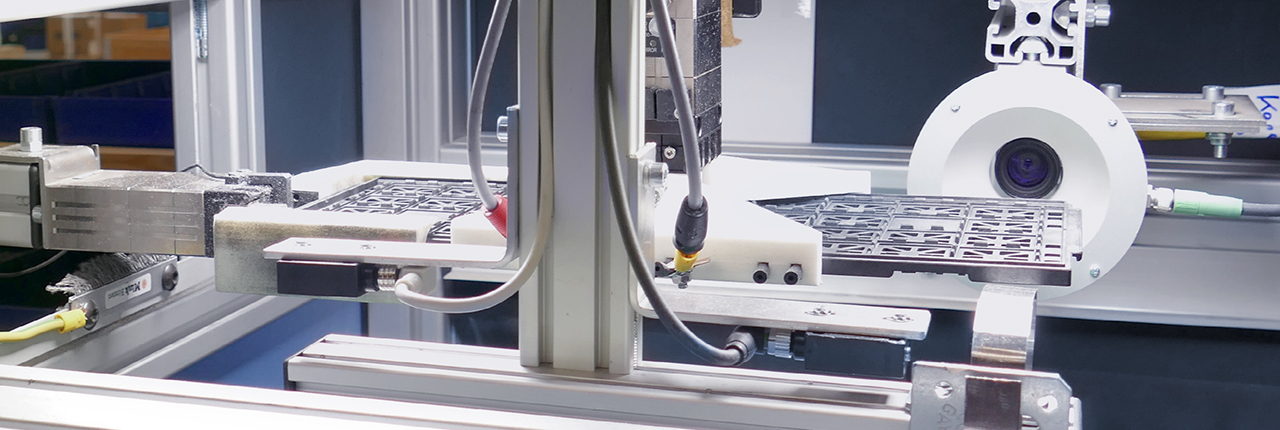

The task
Develop an inspection system to reliably distinguish between different variants of JEDEC trays serving as transport containers for electronic components.
The challenge
The transport containers for electronic components have up to 2,500 different geometries.
Furthermore, the trays have very small markings with various fonts and cause different reflections depending on the material composition.

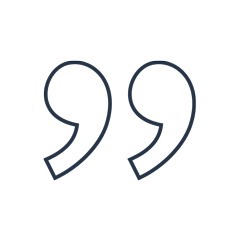
"The manufacturers wish to get these trays back sorted according to type – and this task is not easy to solve when one considers that there are about 2,500 existing variants, some of which differ only very slightly in terms of shape, material and thickness. The trays have a raised marking at the edge of the top side and optionally on one side on which the exact type is encoded. This is a bit like the markings on car tyres, but the markings on our trays can be as small as 1.8 mm."
Martin Eikel, IT Manager at Matrium
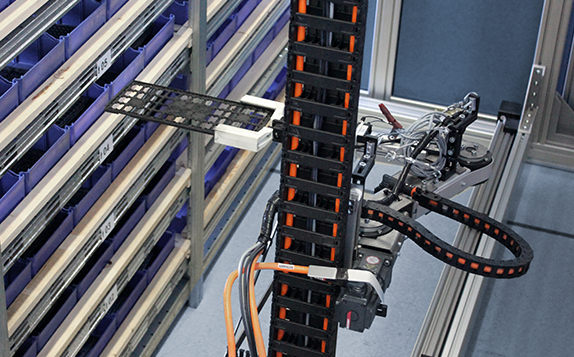
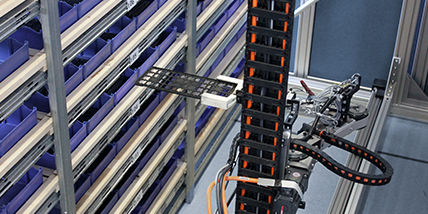
Machine vision ensures stable and fully automated sorting
A specially designed gripper takes the top tray from a stack and positions it in front of the three cameras of the integrated machine vision system. The cameras capture images from above and from the side and send the image data to the system's industrial PC. Since the non-uniform material composition, colouring and mattness of the trays cause different reflections, the first images of each tray are evaluated as a histogram, whose results were then used to regulate the brightness for the following captures.
In this way, images with a medium grey-scale value are achieved for each object creating opimum conditions for the subsequent image evaluation. In total, up to six images are captured per camera - which is not critical in terms of time, as up to five electrical measurements of the tray surface resistance have to be carried out in parallel to the image capture and recognition.
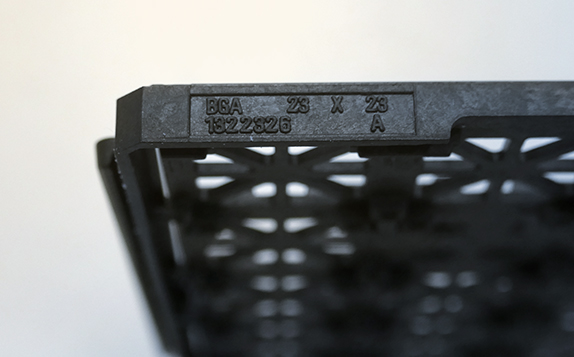
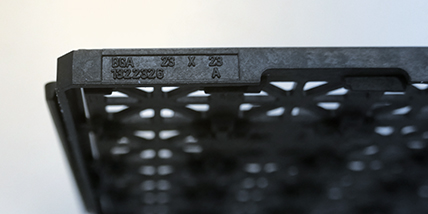
Clever programming with CVB Polimago
On account of the large variety of trays, the programming of patterns for the Matrium project was just as important as the optimum image capture. The CVB Polimago imaging tool from the Common Vision Blox (CVB) software library from STEMMER IMAGING proved here to be the perfect tool for fast and reliable pattern recognition and for reading the markings. CVB Polimago has one decisive advantage: The automatic creation of training images greatly reduces the amount of programming required by the user.

„With around 2,500 tray variants it was important to us to keep the programming work to a minimum. CVB Polimago saves us a lot of time in the training phase. All in all, the support from STEMMER IMAGING was an enormous help to us in implementing the system quickly and achieving reliable sorting results."
Martin Eikel, IT Manager at Matrium
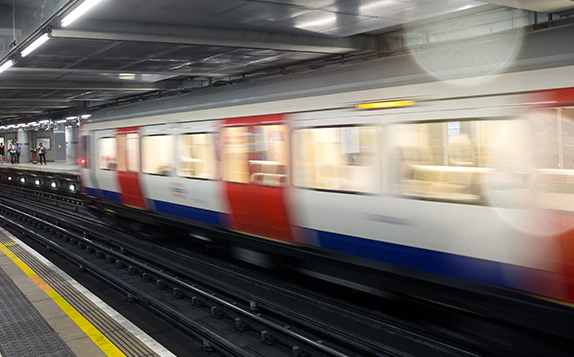
More successful projects in transport & logistics
Improve track monitoring efficiency for London Underground
STEMMER IMAGING has worked closely with London Underground to develop and deliver industrial camera assemblies that are mounted directly onto passenger trains to provide image data on the condition of the wheel/rail interface and the track itself. By acquiring this data during normal timetable periods, more time is available during the 4-hour night closure period to maintain the network’s 1,000 km of track, minimising any disruption to services and helping to make the new weekend extended operating times possible.

